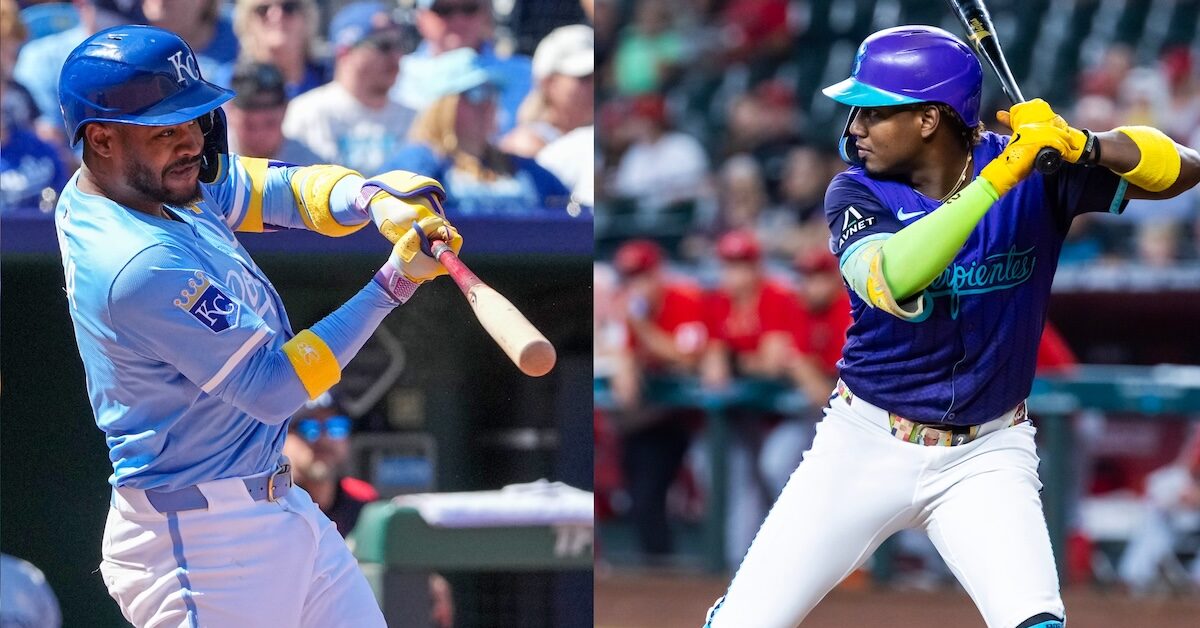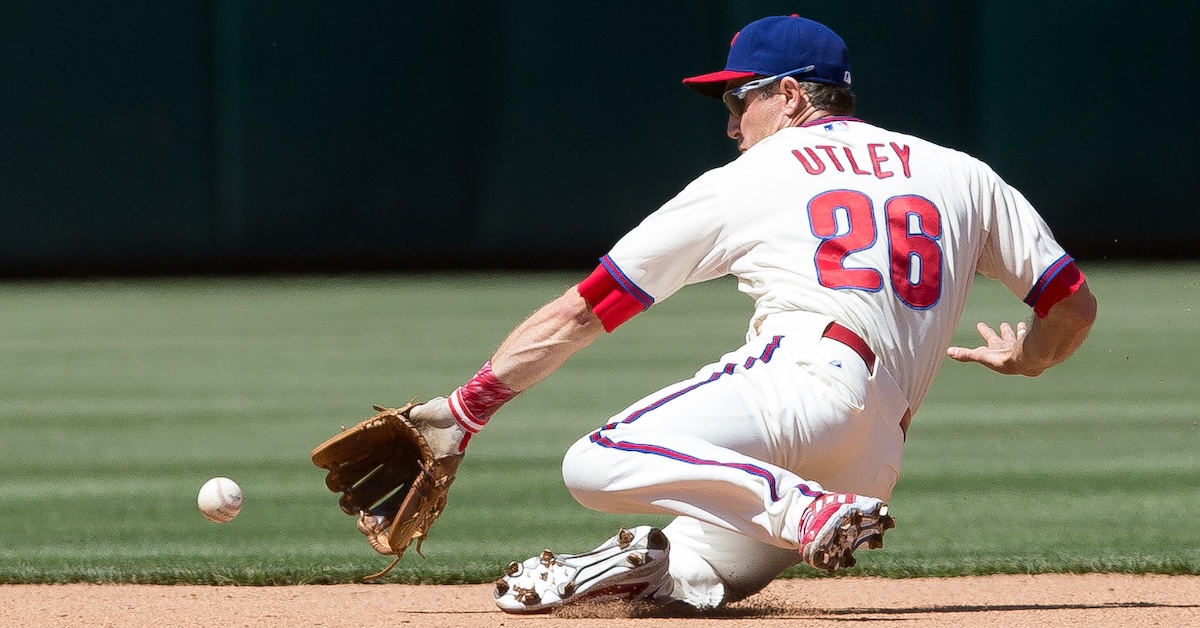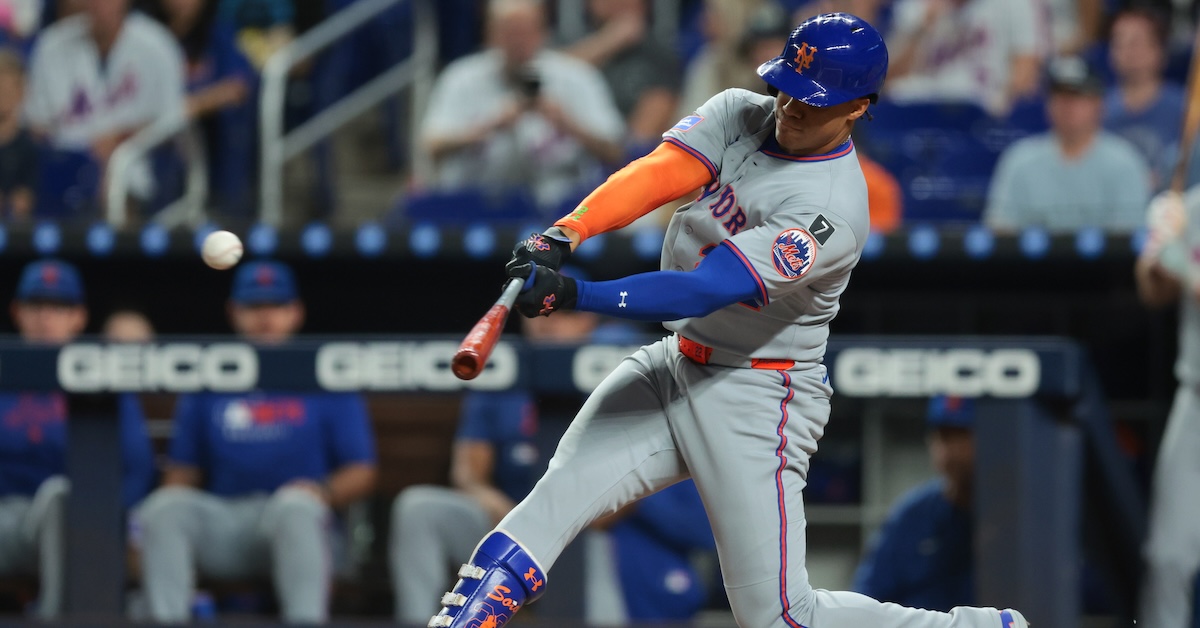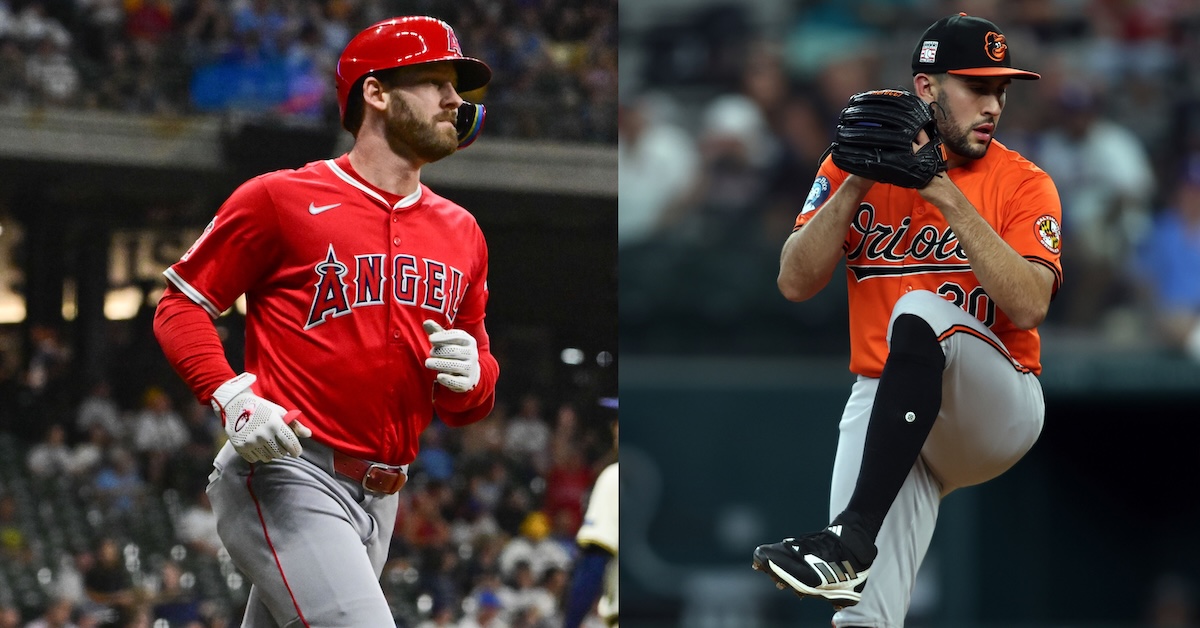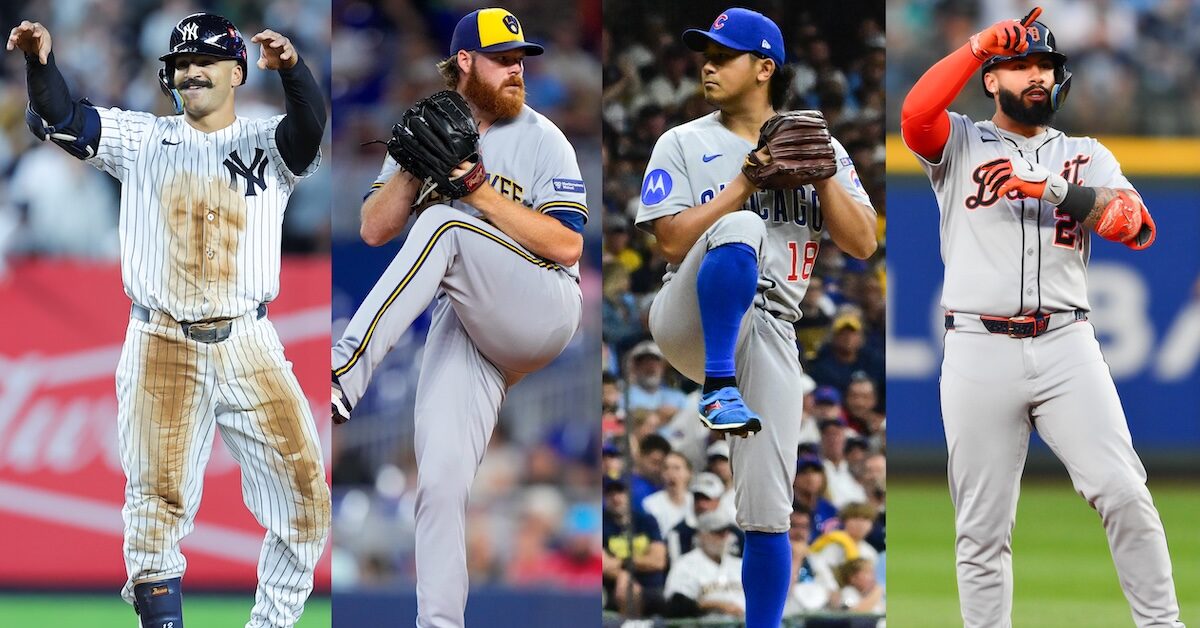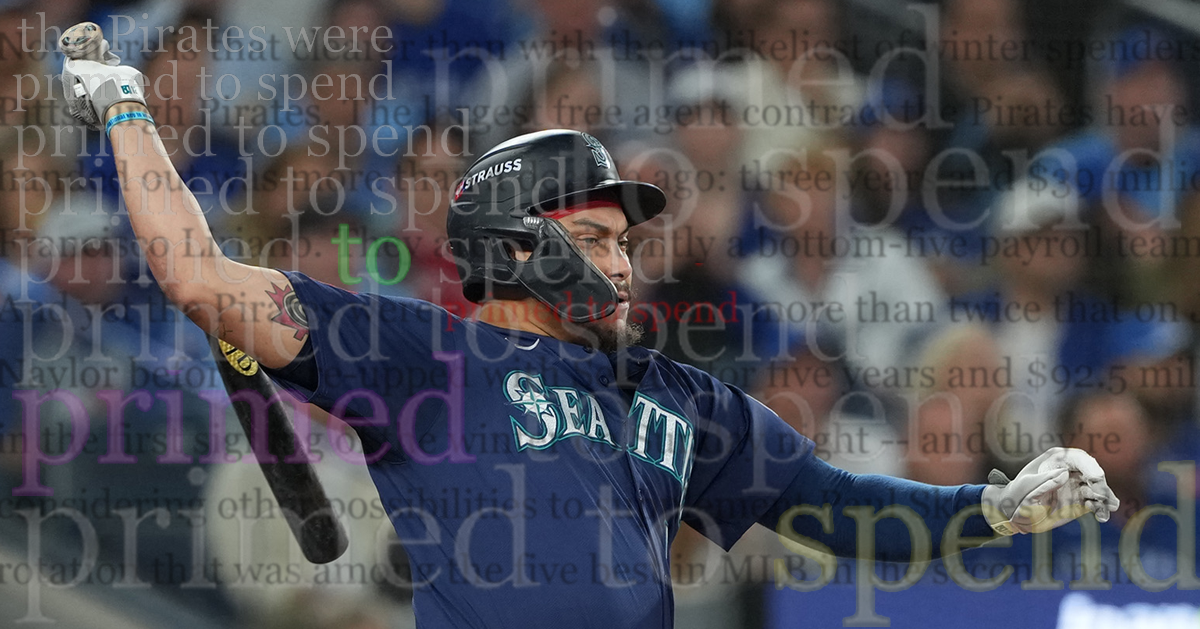Your Final Pre-Robo-Zone Umpire Accuracy Update
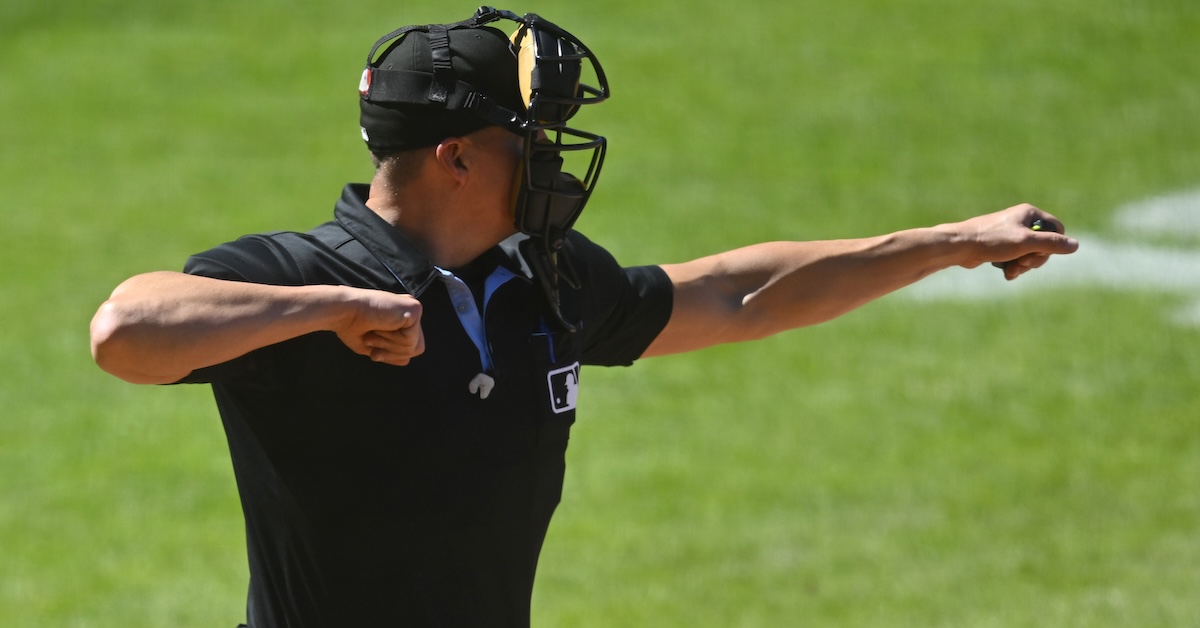
For four years now, I’ve been updating you on the changing contours of the strike zone. By my count, this is the 10th installment in that series and the sixth specifically about the accuracy of ball-strike calls on the edges of the zone. With the implementation of the ABS challenge system in 2026, these updates will no doubt start to look a bit different. This is our last umpire accuracy update of the pre-ABS era, so let’s take stock of where we are at the end.
After a tiny dip in 2024, umpires were back on track in 2025, posting a record-high accuracy rate of 92.83% overall. In fact, 2024 was the only year in the pitch-tracking era in which umpires didn’t set a record for accuracy. However, this latest record came with a bit of controversy. Early in the season, pitchers and catchers picked up on the fact that the strike zone seemed to have shrunk. The league tightened up the standards that it used to grade umpires, reducing the size of the buffer zone around the edges of the zone. As a result, accuracy shot up specifically on pitches outside the zone, even more specifically, on pitches just above the top of the zone, causing pitchers and catchers to complain that they were losing the high strike.
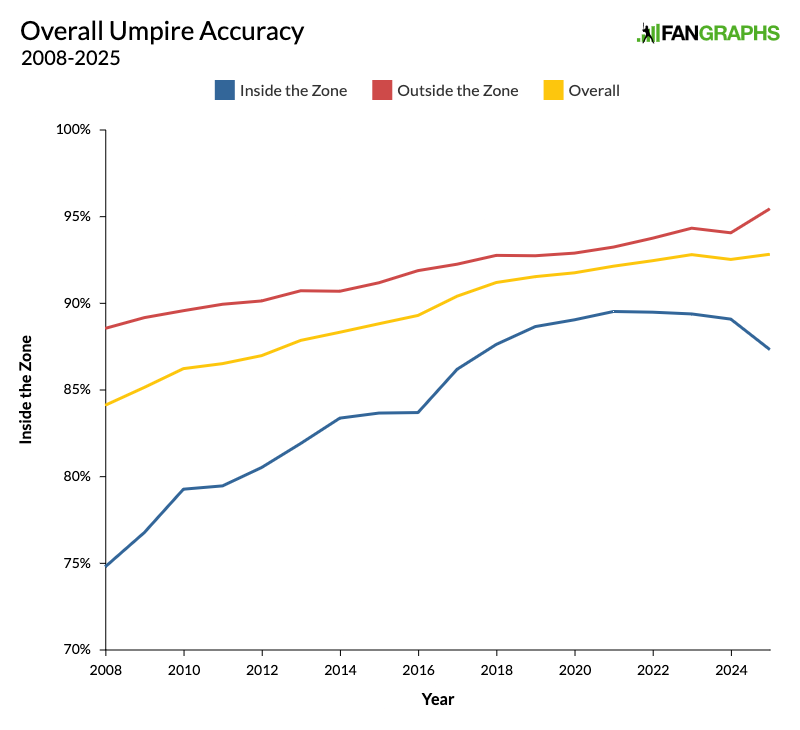
This graph reminds us of a couple facts that might just be so obvious that we rarely think about them. First, the vast majority of takes come on pitches outside the strike zone. Of course they do; those are the pitches you’re not supposed to swing at. This year, for example, 68% of the calls umpires had to make came on pitches outside the strike zone. Second, it’s easier to identify balls than it is to identify strikes. Of course it is; the area outside the zone is a lot bigger than the area inside the zone. Read the rest of this entry »

